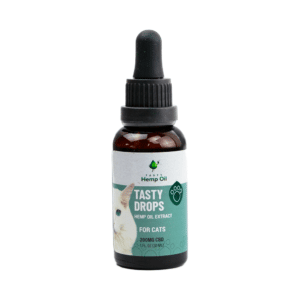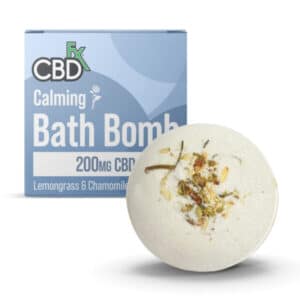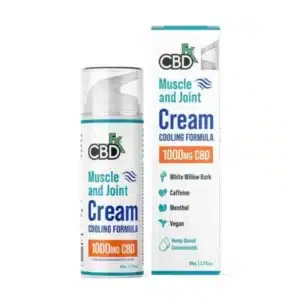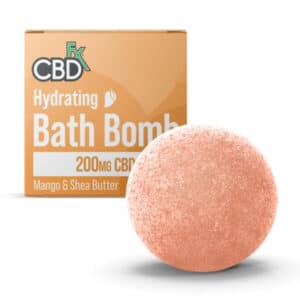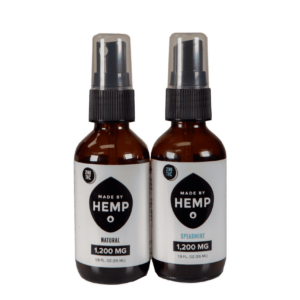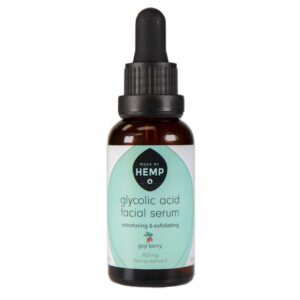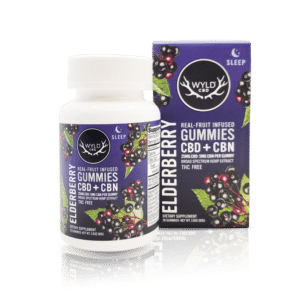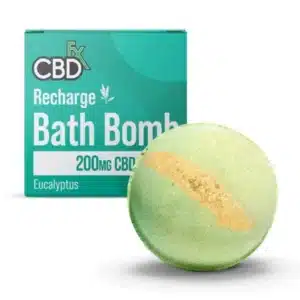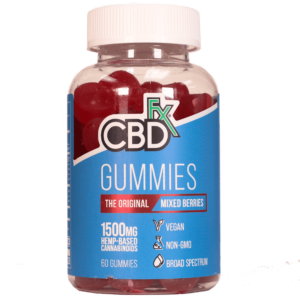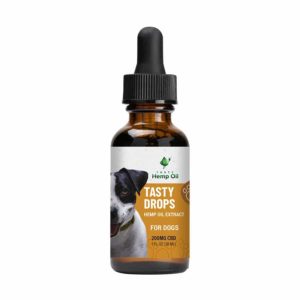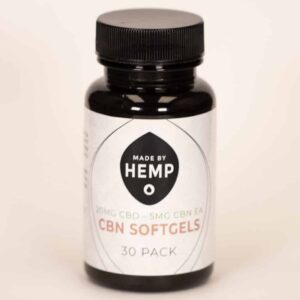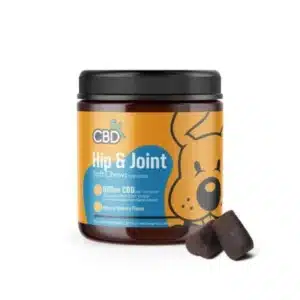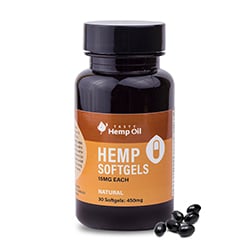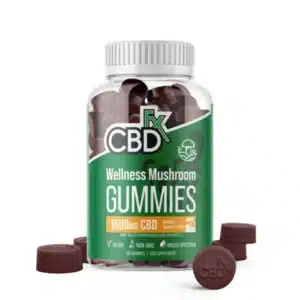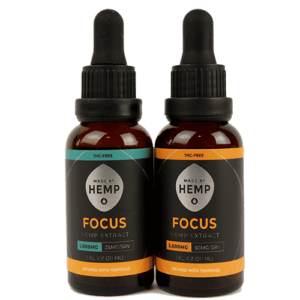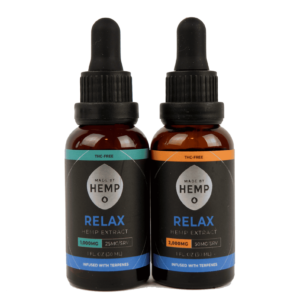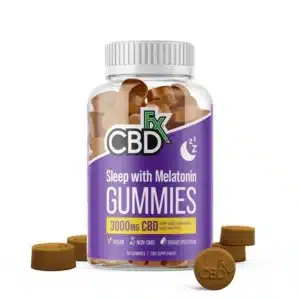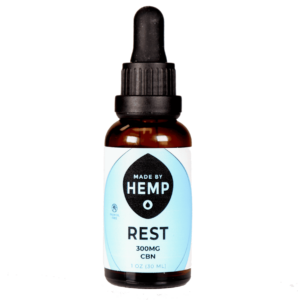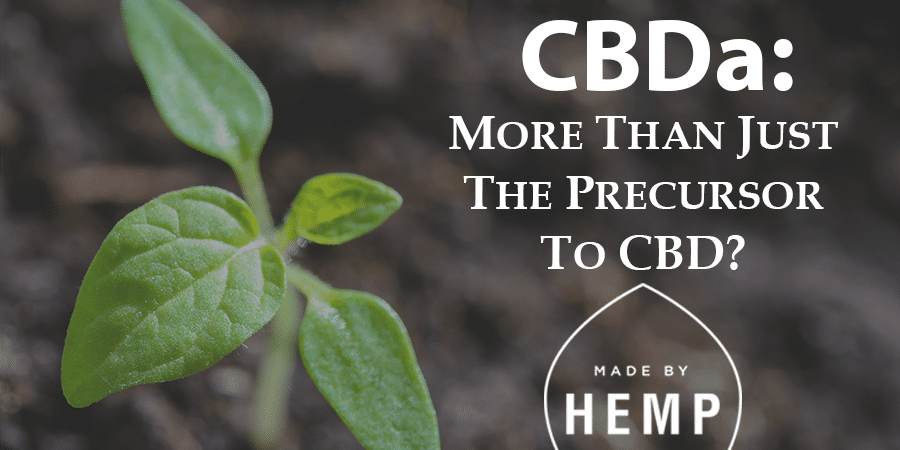
Would you consider eating a hemp leaf? It sounds very natural, but early research suggests that compounds in the raw cannabis plant may provide distinct health benefits. One of these compounds is cannabidiolic acid (CBDa), the precursor to the well-known cannabidiol (CBD) compound.
In a natural state, the hemp plant contains over 85 active compounds called cannabinoids. These compounds are secreted in a sticky resin through the trichomes (glands) of the cannabis plant.
When the hemp plant is processed, cannabinoids can be changed or removed. The final hemp product can contain one cannabinoid or all the available cannabinoids depending on how it is manufactured.
Environmental factors such as heat, air, and light can also affect what cannabinoids are present in the plant. Cannabinoids levels will vary slightly between each plant—even those that are grown right next to one another!
With the amount of emphasis that is placed on CBD, it may be surprising to learn that the raw hemp plant contains very little CBD. Instead, it contains an abundance of CBDa (the ratio is about 95% CBDa to 5% CBD at the highest.)
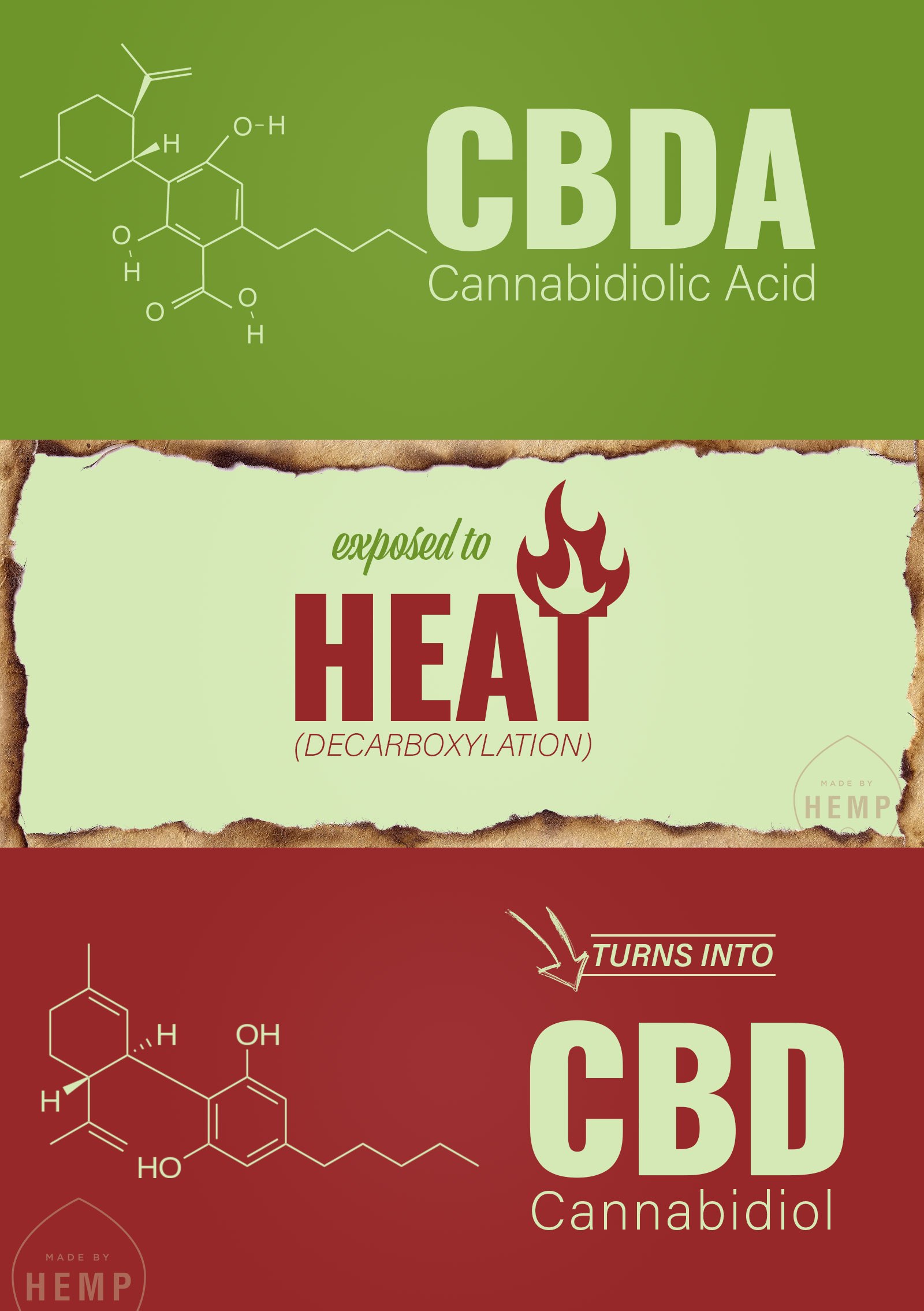
Through a process called decarboxylation, CBDa is heated to break down the acidic form. What is left is referred to as “activated” CBD (cannabinoids in their acidic form have been considered “inactive”.) CBDa also converts to CBD naturally by way of time and heat.
We are familiar with CBD because of its therapeutic potential. In the past, CBD has been viewed as the more “important” cannabinoid and manufacturers have intentionally converted CBDa into CBD. Today, most CBD products are decarboxylated and contain little CBDa.
CBDa: More Than Just the Precursor to CBD?
Researchers are finding the “inactive” status of CBDa may not be entirely accurate. The compound provides its own set of benefits that are still being uncovered.
As of now, there has been far less research on CBDa than CBD. So far, all studies are at the preclinical stage, meaning they are carried out on cell cultures or animal models. In preclinical studies, CBDa has been studied for the treatment of nausea, inflammation, and epilepsy. The results are significant enough that further research is being explored.
Like CBD, CBDa is non-intoxicating. However, CBDa is used by the body differently than CBD. Studies suggest that CBDa may not interact with the endocannabinoid system; rather, CBDa affects other non-endocannabinoid receptors and enzymes.
If you are interested in the specific benefits of CBDa, we suggest performing a quick Google search for the preclinical studies. As of now, FDA regulations prevent us from presenting the specifics regarding research.
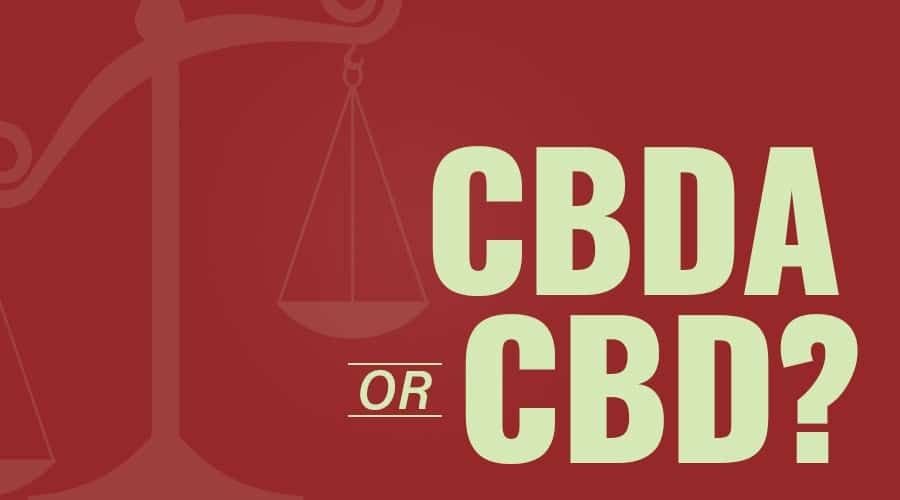
Which is Better: CBD or CBDa?
There is no one “best” cannabinoid; however, there are cannabinoids that have been more thoroughly studied. To determine which cannabinoids are best suited for your situation, we recommend researching the benefits of each.
Oftentimes, it is a combination of cannabinoids that suit our bodies best. During what is known as the entourage effect, compounds such as cannabinoids and terpenes work with one another to produce an effect greater than the compound alone. It is suggested that taking CBD and CBDa together may provide more benefit than taking the compounds alone.
As of now, research is attentive to CBD and the market will reflect such. As more research is conducted on CBDa, we predict to see a greater emphasis on this cannabinoid.

